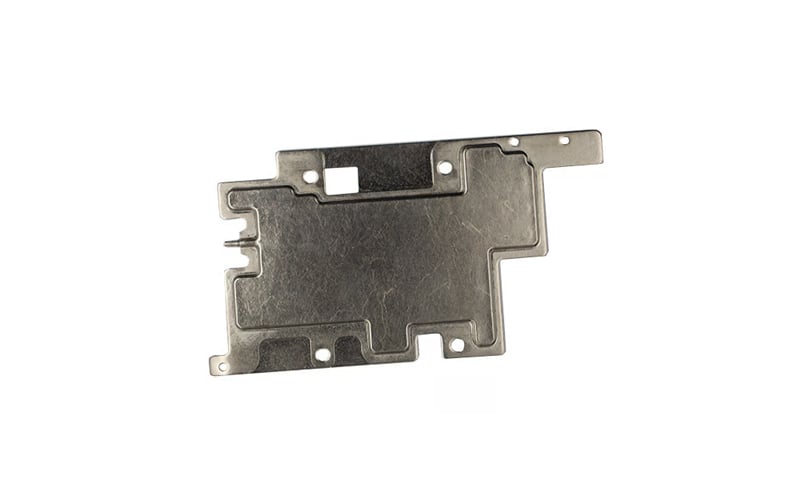Introduction
When it comes to cooling solutions for electronic devices, vapor chambers and heat pipes are two popular options. Both technologies play a crucial role in dissipating heat efficiently, but they have distinct differences in terms of design, performance, and application.
Construction and Design
Vapor chambers are flat, thin structures that consist of a sealed container with a wick structure and a working fluid inside. On the other hand, heat pipes are cylindrical tubes that also contain a working fluid, but they rely on capillary action to transfer heat. The flat design of vapor chambers allows for more uniform heat distribution, making them ideal for spreading heat across a larger surface area.
Thermal Conductivity
In terms of thermal conductivity, vapor chambers have a higher efficiency compared to heat pipes. This is because vapor chambers have a larger surface area for heat transfer, allowing them to dissipate heat more effectively. Heat pipes, while efficient, may not be as effective in situations where heat needs to be spread out over a larger area.
Heat Spreading Capability
Vapor chambers excel in spreading heat evenly across a surface, making them ideal for applications where uniform cooling is essential. Heat pipes, on the other hand, are better suited for transferring heat from a localized source to a remote location. Depending on the specific cooling requirements of a device, one technology may be more suitable than the other.
Size and Weight Considerations
Vapor chambers are typically larger and heavier than heat pipes due to their flat design and the presence of a wick structure. While they offer superior heat spreading capabilities, vapor chambers may not be suitable for devices with strict size and weight constraints. Heat pipes, with their compact cylindrical design, are more lightweight and can be used in smaller devices.
Operating Temperature Range
Vapor chambers and heat pipes have different operating temperature ranges. Vapor chambers can handle higher heat loads and are effective in dissipating heat from high-power electronics. Heat pipes are suitable for moderate heat transfer applications and may not be as efficient in handling extreme heat levels. It is important to consider the temperature requirements of a system when choosing between the two technologies.
Cost and Manufacturing Complexity
Vapor chambers are generally more expensive to manufacture compared to heat pipes, mainly due to their complex design and construction. Heat pipes, with their simpler structure, are more cost-effective and easier to mass-produce. When considering budget constraints and production scalability, heat pipes may be a more practical choice for certain applications.
Application Versatility
Vapor chambers and heat pipes find applications in various industries, including electronics, aerospace, and automotive sectors. Vapor chambers are commonly used in high-performance gaming laptops, servers, and LED lighting systems. Heat pipes are preferred in mobile devices, cooling systems for CPUs, and solar panels. Understanding the specific requirements of each application is essential in deciding between vapor chambers and heat pipes.
Thermal Management Efficiency
Vapor chambers offer superior thermal management efficiency, especially in devices with high power consumption. The ability of vapor chambers to spread heat uniformly across a surface helps prevent hot spots and ensures consistent cooling performance. Heat pipes are efficient in transferring heat from a localized area, making them suitable for targeted cooling solutions.
Conclusion
In conclusion, both vapor chambers and heat pipes play vital roles in thermal management solutions for electronic devices. Each technology has its unique advantages and limitations, making them suitable for different applications. Understanding the key differences between vapor chambers and heat pipes can help in choosing the right cooling solution for specific cooling requirements.

